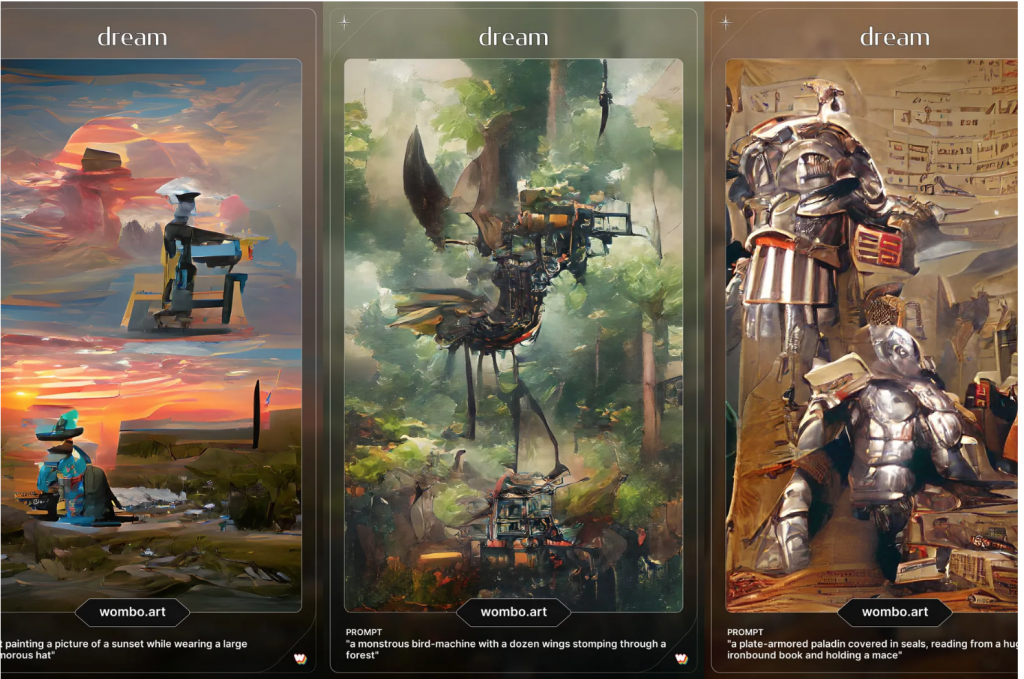
A few examples of images that have been generated by the Dream app.
AI Helps Create Images that Represent Concept of God through Digital Art
Having curated several stories about AI-created art in the past year, Seeflection.com was really caught a bit off guard when we found a piece by Steven McNulty that combined AI and Catholicism into artwork. McNulty ran an idea he had through the wombo.ai art generator and wrote about it for americanmagazine.org.
The author admits he spent hours and hours being fascinated by the ability of AI and certain generators that will produce random artwork on command.
Stephen McNulty is a sophomore at Yale University and is one of America’s 2022 summer editorial interns. He started his article this way explaining his interest in AI-generated images:
That I can type in “duck sitting in an office chair eating waffles,” for instance, and come back with a picture of, well, a duck sitting in an office chair eating waffles, evokes certain awe even in my generation of digital natives. There’s an endless novelty to it all—I’ve spent hours on these websites asking the ever-mysterious algorithm to come up with different creations, each more esoteric and weird than the last.
Like a seven-year-old awed by the magician’s sleight of hand, I say, “Do it again, do it again,” and the AI complies.
After a while, though, I wanted more. Sure, AI can generate a picture of a “duck sitting in an office chair eating waffles.” It’s easy enough to recognize the constituent parts and mash them together in a way that makes sense. What happens, however, if I put in an abstract concept? What does the algorithm have to say about capitalism? What does it have to offer for justice? What about love?
And McNulty is right to ask these esoteric questions of AI. The rate at which AI is becoming embedded in every aspect of modern life is undeniable. But is it really something we can understand?
So McNulty spent one very fun evening running the term “Catholicism” through all of the filters of “Dream by Wombo,” an AI image generator that tries to create artwork in different styles based on the user’s request. One filter creates artwork in the Ukiyo-e style of Japanese art. Another tries to replicate watercolor works. In total, there are 22 different styles in which he could render the A.I.’s understanding of our faith.
Take a look at some of the artwork that McNulty’s generator came up with just be the instruction of how it understood the Catholic faith.
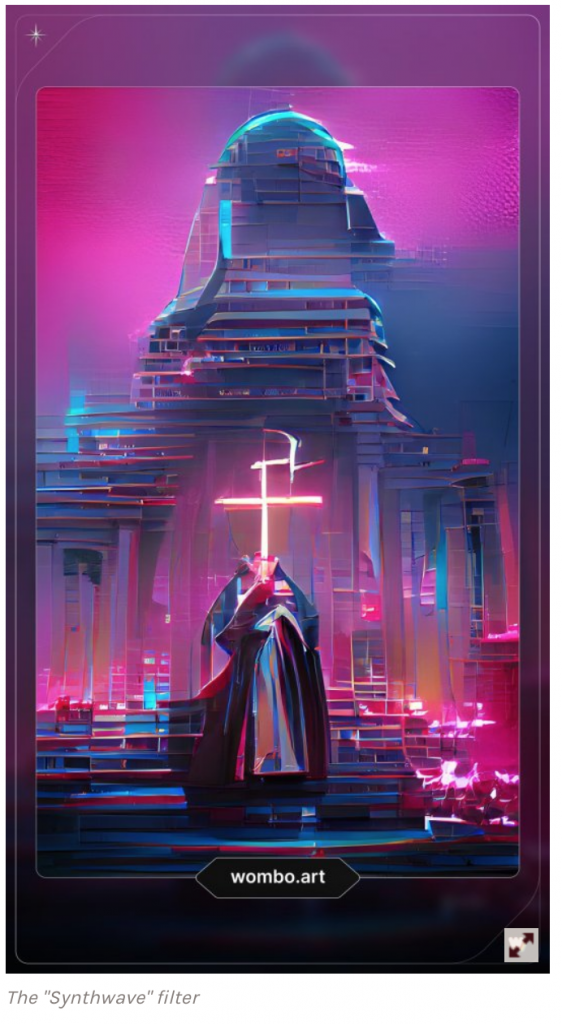
Whether you are a person of faith or not, the idea of asking a digital algorithm to comprehend the eternal or Almighty is mind-blowing all by itself. But by adding in the various filters, McNulty may have created an entirely new art form.
McNulty goes on to say:
On an aesthetic level, the results were stunning. Some of the images were just remarkably beautiful, even if I couldn’t understand what exactly was going on. But I think that many are also thematically revelatory.
One thing that stood out was the AI picking up the importance of the Blessed Mary to the Catholic faith. And while it may be difficult to see the religion in some of the art pieces, it is clear the algorithm took her meaning to be of major importance.
Again McNulty:
The most striking of all, though? When I didn’t put in a filter at all, the only discernible result in the image was the scourged and sullen body of the crucified Jesus, bowing his head like he does in the crucifix that hangs over every Catholic church. But you cannot even see the wood of the Cross, really. It’s not the focus—our attention rests squarely on the gloriously and tragically human body of our ultimate high priest, who offers himself as sacrifice for the world. As it should be: “For I resolved to know nothing while I was with you except Jesus Christ, and him crucified” (2 Cor. 2:2).
The images are truly unique and will likely end up as someone’s NFT property. Until then you can take a look at the images in the link provided below.
read more at americamagazine.org

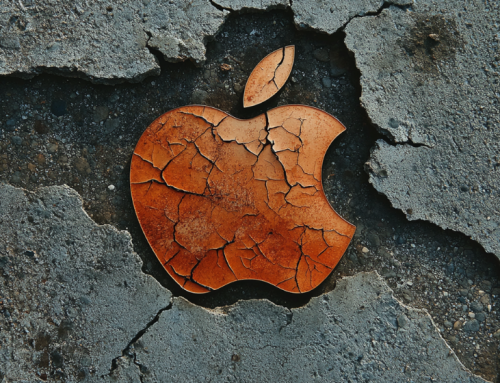
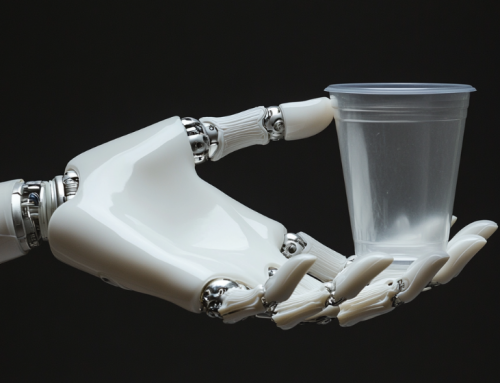

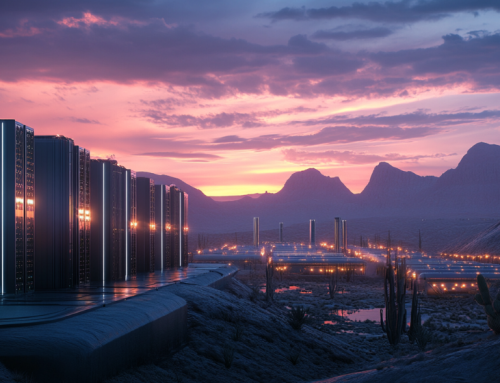
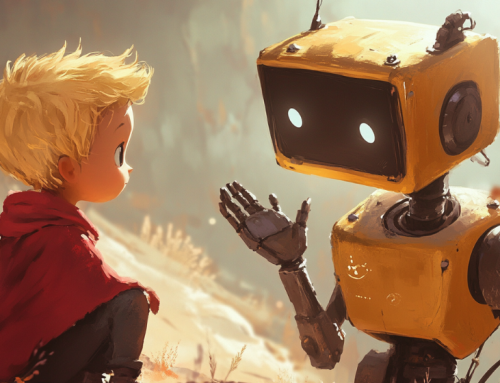

Leave A Comment